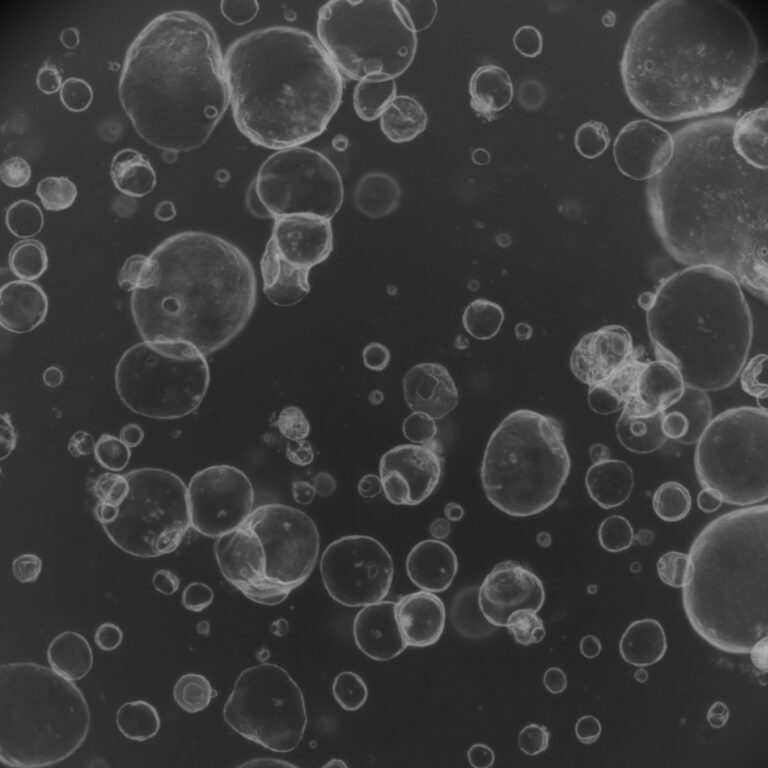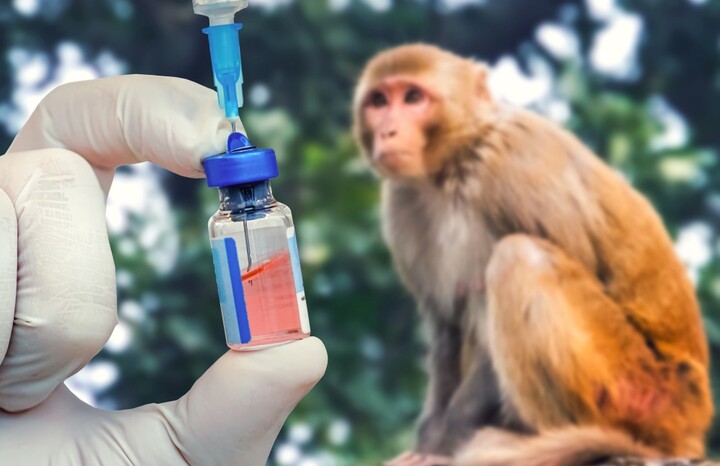The U.S. Environmental Protection Agency (EPA) has abandoned a controversial plan to phase out all use of mammals to test the safety of chemicals by 2035. The hard deadline—imposed in 2019 to accelerate a move toward nonanimal models such as computer programs and “organs on a chip”—made EPA unique among U.S. federal agencies. But it divided scientists, some of whom say animals remain the gold standard for assessing the safety of chemicals that could harm humans and wildlife.
Removing the deadline is a “good move,” says Jennifer Sass, a senior scientist at the Natural Resources Defense Council who blasted the 2035 target. “I’m not comfortable with EPA calling a chemical safe based just on cells in a petri dish.”
Former EPA Administrator Andrew Wheeler, who set the deadline, fears that, without it, the agency won’t get serious about reducing its reliance on animal experiments. “The status quo will continue,” he says. “It’s taking the easy way out.”
EPA says the reversal was motivated by science. “We need to focus on what the science is telling us in order to advance methods that don’t involve animal testing,” says Chris Frey, the agency’s assistant administrator for R&D—“and not focus so much on arbitrary dates.”
EPA relies on studies of thousands of animals each year for assessing the safety of pesticides, determining dangerous levels of chemicals in drinking water, and other key toxicity studies. Much of this work is done in mammals such as rodents and rabbits, though some is also done in fish. A 2016 amendment to the federal Toxic Substances Control Act required the agency to move away from animal experiments, although it set no deadline.
In September 2019, Wheeler pledged that EPA would stop conducting or funding any studies on mammals by 2035. He also set an interim goal of 2025 for reducing these studies by 30%. Other federal agencies have long vowed to reduce their reliance on animal testing—a 2020 U.S. spending bill even compelled some to do so—but none has set a hard deadline for ending animal research.
At the time, critics accused Wheeler—who served under former President Donald Trump—of kowtowing to the chemical industry, which views animal testing as time consuming and expensive. (Chemical companies pay for much of this testing themselves to satisfy regulatory requirements.) But Wheeler says he was motivated by his family’s love of animals and his belief that new technologies would be able to fully replace animal testing within 16 years.
Now, both the 2025 and 2035 deadlines are gone. Last month, the White Coat Waste Project, an advocacy group pushing to end taxpayer-funded animal experiments, brought attention to agency documents indicating the change of plans—a development first reported by The Washington Times. An EPA work plan for reducing animal use published in June 2020 mentions both deadlines, but they’re gone in a December 2021 version of the report. An internal agency email obtained by White Coat Waste via a public records request also refers to specific target dates being “stripped out.”
“They made no effort to meet these benchmarks—they didn’t even try,” says Justin Goodman, White Coat Waste’s senior vice president of advocacy and public policy. “The deadlines were the most important part of the work plan,” he says; without them, any effort to reduce animal testing is “toothless.”
Wheeler, now a volunteer adviser for White Coat Waste, says he’s disappointed by the reversal. “I felt like things were moving in the right direction,” he says. “Without a deadline, we’re not going to make progress.”
EPA tells Science that it remains committed to exploring alternatives to animal experiments. Just because the dates are gone, “that commitment has not changed,” Frey says, although he doesn’t know when—or even whether—his agency will completely transition to nonanimal models. “Fully phasing out animal testing is the goal, and we will always have that goal,” he says. “But I don’t want to get ahead of our scientists.”
Sass applauds the move. In March 2023, her organization was one of dozens of environmental, health, and social justice groups that sent a letter to EPA urging it not to abandon animal testing. New technologies are useful as a supplement to animal experiments, Sass says, “but I’m not sure that they’ll ever be able to tell us whether a child exposed to lead as a fetus is going to have trouble sitting still in a classroom.”
Kim Boekelheide, a toxicologist at Brown University, expects animals to disappear from environmental testing soon, however. His lab is developing clusters of cells called organoids that mimic aspects of the heart, brain, and other organs for evaluating the impact of pollutants, and he believes that such approaches are finally beginning to rival the predictive power of animal studies. “The transition from animals to in vitro test systems will happen in the next decade, whether there’s a deadline or not.”






